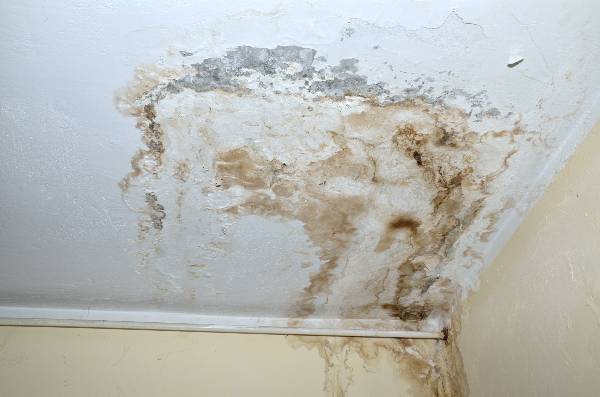Unveil Hidden Water Line Leaks: Six Effective Detection Methods
Unveil Hidden Water Line Leaks: Six Effective Detection Methods
Blog Article
We've come across this great article pertaining to Hacks to detect leaks below on the net and reckoned it made sense to relate it with you here.

Early detection of dripping water lines can alleviate a potential calamity. Some small water leaks may not be visible.
1. Check Out the Water Meter
Every home has a water meter. Checking it is a proven way that aids you find leakages. For starters, switch off all the water sources. Make sure no one will certainly purge, use the faucet, shower, run the cleaning equipment or dishwasher. From there, go to the meter as well as watch if it will certainly change. Considering that no person is using it, there must be no activities. If it relocates, that shows a fast-moving leak. If you identify no changes, wait a hr or two and examine back again. This suggests you may have a slow-moving leakage that could also be underground.
2. Examine Water Intake
If you find abrupt adjustments, in spite of your intake being the exact same, it indicates that you have leaks in your plumbing system. An unexpected spike in your expense indicates a fast-moving leakage.
A consistent increase every month, even with the exact same behaviors, shows you have a slow leakage that's additionally gradually intensifying. Call a plumber to extensively inspect your building, especially if you really feel a cozy location on your floor with piping beneath.
3. Do a Food Coloring Test
When it comes to water consumption, 30% comes from toilets. If the shade somehow infiltrates your dish during that time without flushing, there's a leak between the container and dish.
4. Asses Outside Lines
Don't fail to remember to inspect your outdoor water lines also. Needs to water leak out of the connection, you have a loosened rubber gasket. One little leak can lose lots of water as well as increase your water bill.
5. Evaluate and Assess the Situation
Property owners should make it a routine to examine under the sink counters as well as even inside cupboards for any bad odor or mold and mildew development. These 2 red flags show a leak so punctual attention is required. Doing routine examinations, also bi-annually, can conserve you from a major problem.
Much more notably, if you understand your residence is already old, keep a watchful eye on your heating units, hoses, pipes etc. Check for discolorations as well as damaging as a lot of pipelines and home appliances have a life expectancy. They will also normally degrade due to tear as well as wear. Don't wait for it to intensify if you believe dripping water lines in your plumbing system. Call an expert plumber immediately so you do not end up with a horrible mess in your house.
Early discovery of leaking water lines can minimize a possible disaster. Some little water leakages may not be visible. Inspecting it is a proven way that assists you uncover leaks. One small leak can throw away tons of water and surge your water costs.
If you think dripping water lines in your plumbing system, don't wait for it to rise.
WARNING SIGNS OF WATER LEAKAGE BEHIND THE WALL
PERSISTENT MUSTY ODORS
As water slowly drips from a leaky pipe inside the wall, flooring and sheetrock stay damp and develop an odor similar to wet cardboard. It generates a musty smell that can help you find hidden leaks.
MOLD IN UNUSUAL AREAS
Mold usually grows in wet areas like kitchens, baths and laundry rooms. If you spot the stuff on walls or baseboards in other rooms of the house, it’s a good indicator of undetected water leaks.
STAINS THAT GROW
When mold thrives around a leaky pipe, it sometimes takes hold on the inside surface of the affected wall. A growing stain on otherwise clean sheetrock is often your sign of a hidden plumbing problem.
PEELING OR BUBBLING WALLPAPER / PAINT
This clue is easy to miss in rooms that don’t get much use. When you see wallpaper separating along seams or paint bubbling or flaking off the wall, blame sheetrock that stays wet because of an undetected leak.
BUCKLED CEILINGS AND STAINED FLOORS
If ceilings or floors in bathrooms, kitchens or laundry areas develop structural problems, don’t rule out constant damp inside the walls. Wet sheetrock can affect adjacent framing, flooring and ceilings.
https://www.servicemasterbyzaba.com/blog/how-to-detect-water-leakage-in-walls/

I'm certainly very focused on Locating water leaks and I am assuming you enjoyed the page. You should take the time to share this write-up if you enjoyed reading it. Thanks for your time. Please pay a visit to our site back soon.
We've got you! Report this page